Want to attract butterflies on a budget? Fill your garden with beautiful butterfly flowers from just a few dollars' worth of seeds.
9 Butterfly Flowers to Grow From Seed
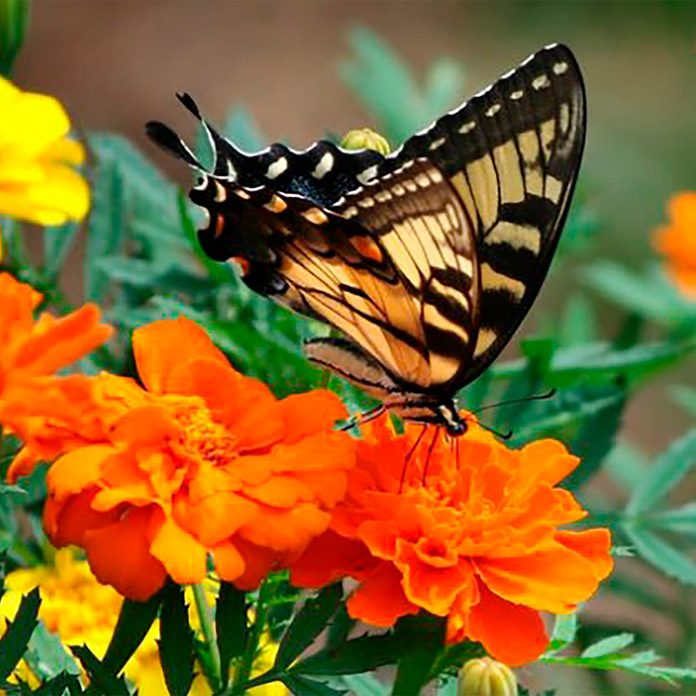
Marigold
Tagetes spp. This old-fashioned garden standby deserves more attention in butterfly garden. Choose the full double-bloomed varieties for their capability to hold water between the petals, giving thirsty butterflies a great place to stop for a sip as well as some nectar. Start indoors about 8 weeks before you’ll be ready to transplant, or sow directly outdoors in spring. You can also plant specific flowers for bees.
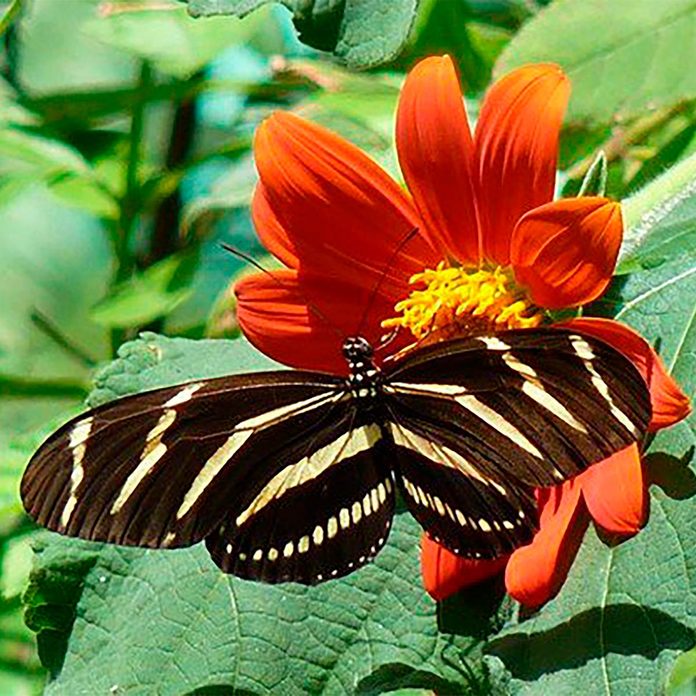
Tithonia
Tithonia rotundifolia. Also called Mexican Sunflower (though it’s not a true sunflower), this butterfly magnet is perfect for that hot sunny spot in your garden. It actually likes drier soil once it’s established, and the bright orange petals seem to draw every butterfly in the neighborhood.
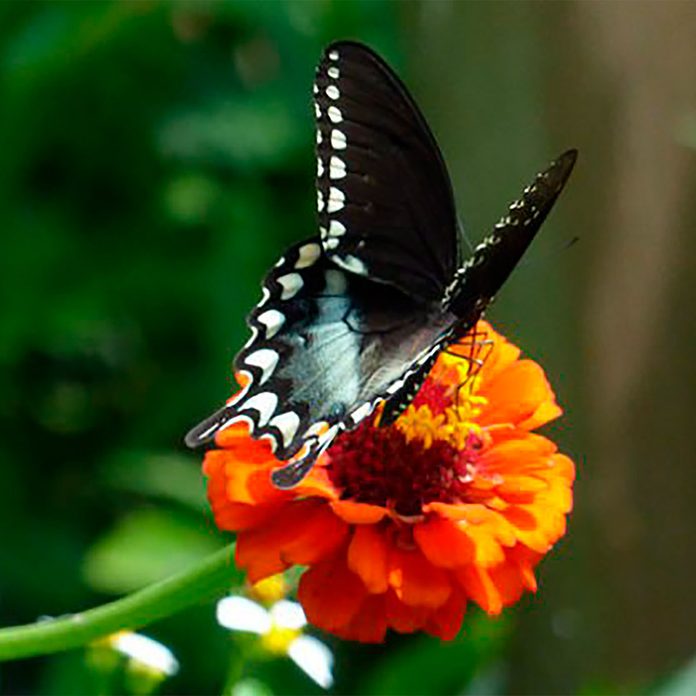
Zinnia
Zinnia spp. Oh, the wide variety of zinnias! Singles, doubles, solid and broken colors, tall and short – the list goes on. Growing zinnias from seeds is very satisfying. They sprout within a couple of days, and flower in just a few weeks. You can start them indoors about 6 weeks before you’ll be ready to transplant outdoors, or direct-sow in your garden after the last frost or in spring.
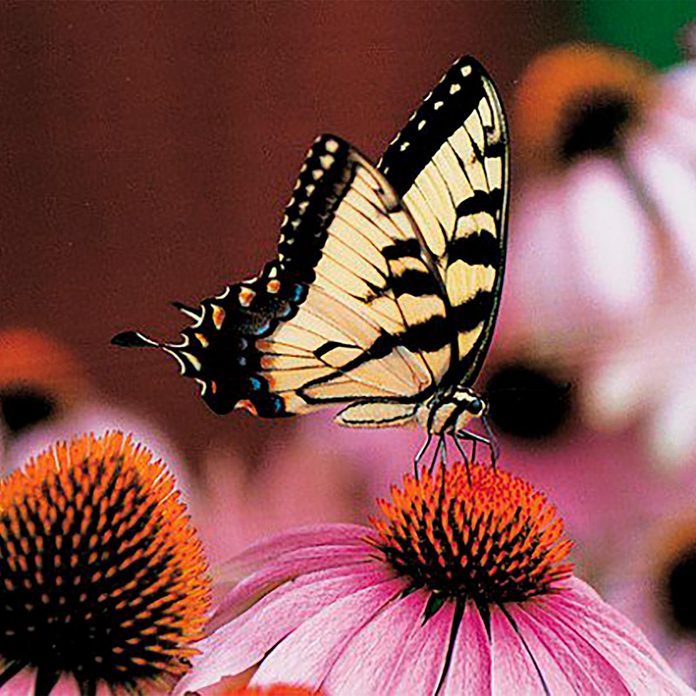
Coneflower
Echinacea spp. Coneflowers are a favorite of butterflies and gardeners alike. These tall sturdy flowers thrive all season long, and since they’re perennials, they’ll return year after year. Start coneflowers early so they’ll have time to bloom the first season, or sow them the fall before.

Sunflower
Helianthus spp. Many folks grow sunflowers for birds, and are surprised to find butterflies visiting the giant blooms! Sunflowers come in so many heights and sizes now that it’s easy to find one (or more) to suit your garden space, even containers. Start them indoors 2 weeks to give them a chance to sprout, or direct sow fairly deeply so they won’t be eaten by birds or other critters.
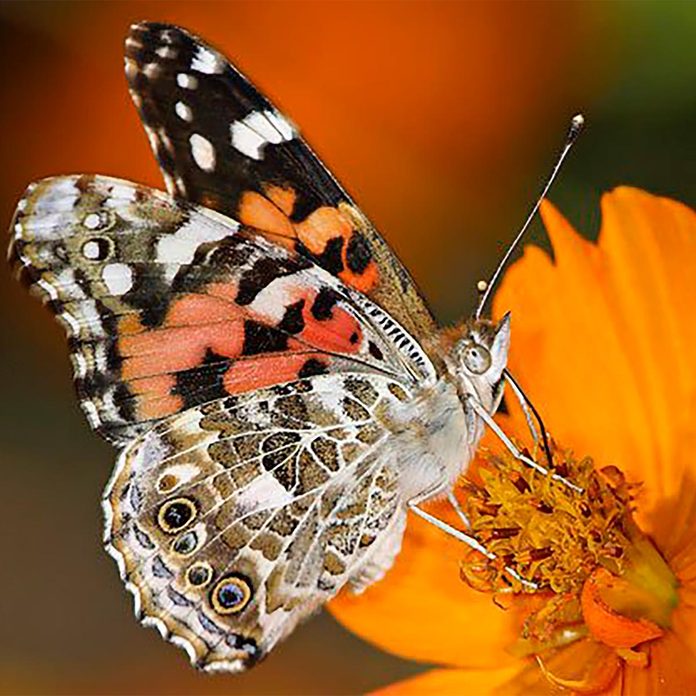
Cosmos
Cosmos spp. Cosmos are one of the first flowers that many gardeners grow from seed. They’re easy and don’t require any special prep – just sow them in the spring where you want them to grow! Don’t be surprised when they self-seed and return year after year. There are two types (C. bipinnatus and C. sulphureus) each available in a variety of colors, so choose the one(s) best suited to your garden.
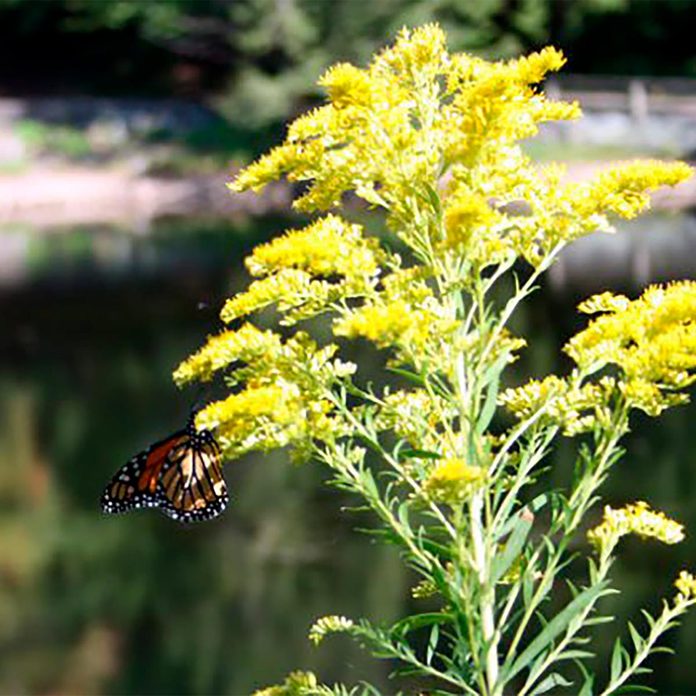
Goldenrod
Solidago spp. It’s important to include nectar-producing butterfly flowers that bloom all the way through fall. These especially help support migrating monarchs on their long journey to Mexico. Goldenrod is a great late-season nectar flower, and very easy to grow. Give it lots of sun, and room to reach for the sky. There are many species of goldenrod, so seek out those native to your area.
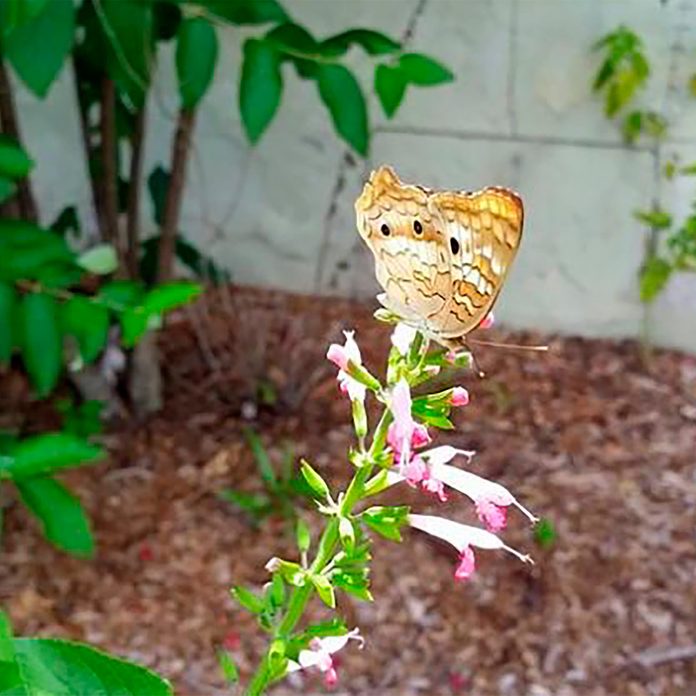
Salvia
Salvia spp. There are hundreds of species of salvia (also called sage), and most of them are great for attracting butterflies. Choose those native to your area for direct-sowing in spring, or start indoors about 4-6 weeks before transplanting time.
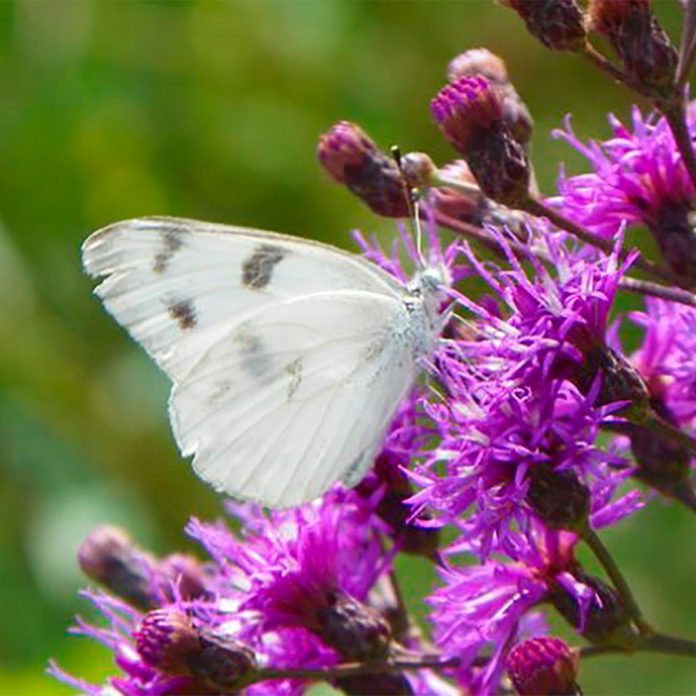
Ironweed
Vernonia spp. The tall spikes of ironweed act as a calling card for butterflies. This late-summer-to-fall bloomer provides nectar for butterflies that linger after the prime of summer has ended. Ironweed is best sown directly in the garden in late fall or early winter. Choose species native to your area.
Plus: A few amazing outdoor projects you can build yourself.




















